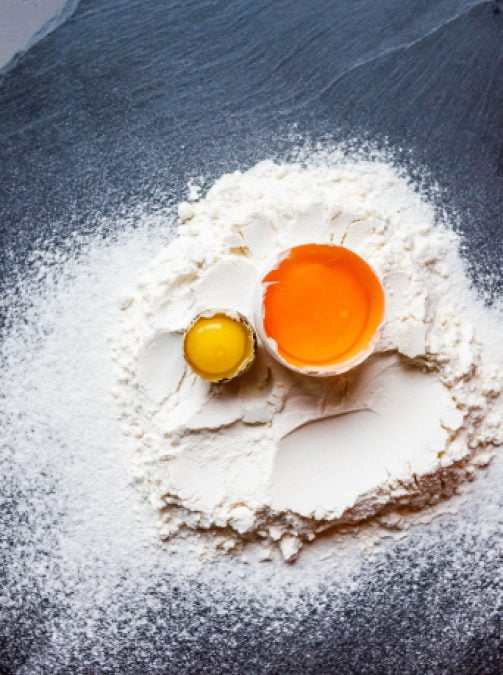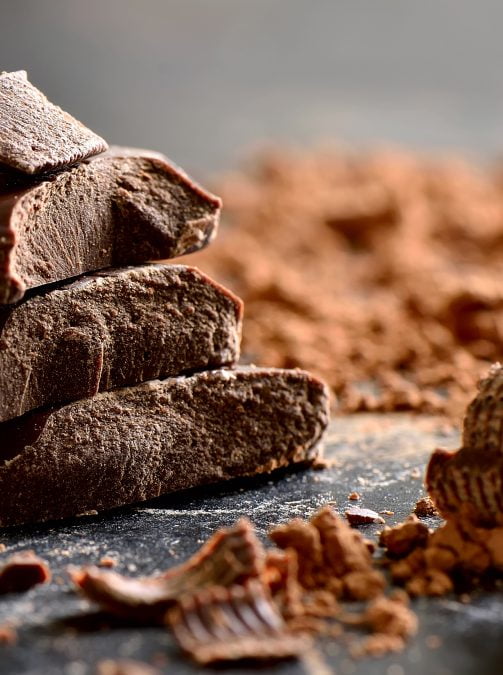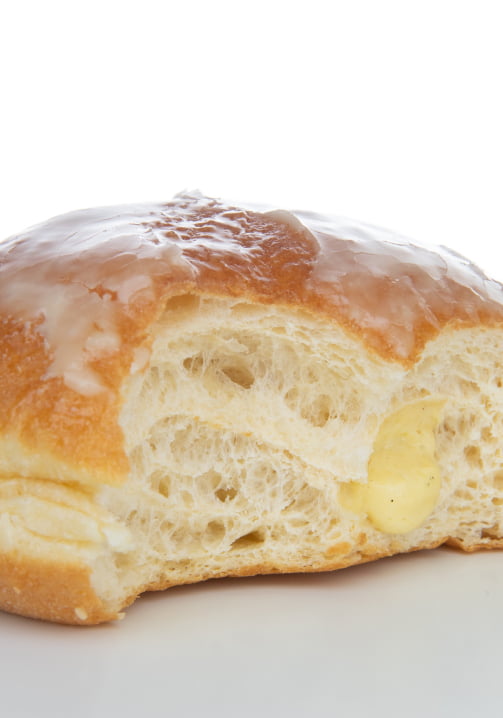
Yeast is a living organism and is a plant of the fungi group. It produces the gas carbon dioxide when fermented. This occurs when it is given food in the form of sugar, moisture and warmth. The prime temperatures of consistent fermentation are from 25-29° C (77-84° F).
To quicken the fermentation process, ascorbic acid (Vitamin C) can be added to the liquid. There are commercial yeast additives now readily available on the market which can halve the process time.
Types of yeast
Compressed
Is the most widely used. It is a very pure form of yeast packed and sold in cakes. This yeast crumbles easily and has a fresh smell. It will keep in a cold place for 2-3 days.
Dried
Can be stored indefinitely if dry and well sealed. It takes longer to cream and is more concentrated.
Fresh
Has a pleasant characteristic smell and is a grey clay-ish colour, it also crumbles easily and will cream readily.
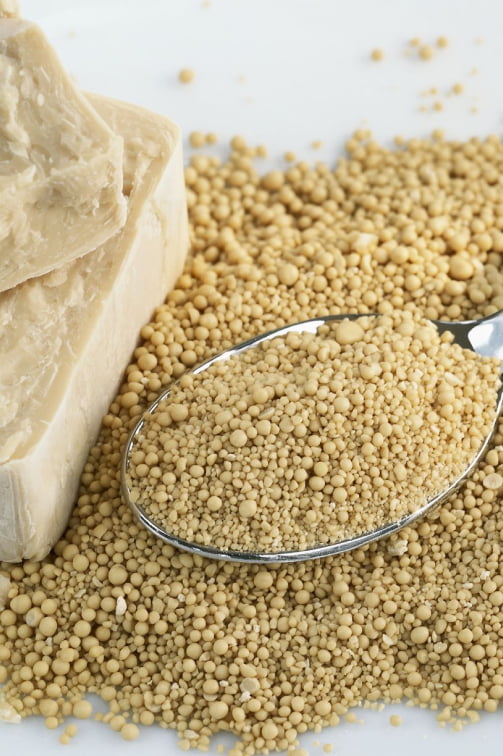
Temperatures are of the utmost importance, yeast at 0°C is dormant but its activity increases as the temperature rises until it reaches the temperature of 49°C where it is killed. The ideal working temperatures are between 21°C – 29°C. By using the following formula the ideal dough temperature can be kept consistent by adjusting the water temperature. As 25°C gives good results, to obtain the water temperature, double the temperature of the finished dough.
SALT
Although it enhances the flavour, it also strengthens the gluten content in the flour, extends shelf life and can produce a whiter crumb.
However, if the salt comes into content with the yeast or there is excess salt, the fermentation can become retarded or kill the yeast.
Conditions for fermentation.
Yeast requires food, warmth and moisture. It is destroyed at temperatures higher than 29° C, and its activity is retarded at lower temperatures. The yeast can also be destroyed during the mixing or rising processes if it is put in an overly hot place.
The group of enzymes present in the yeast changes the simple sugars – glucose and fructose – to carbon dioxide and alcohol, this carbon dioxide is what causes the rise in dough.
Read More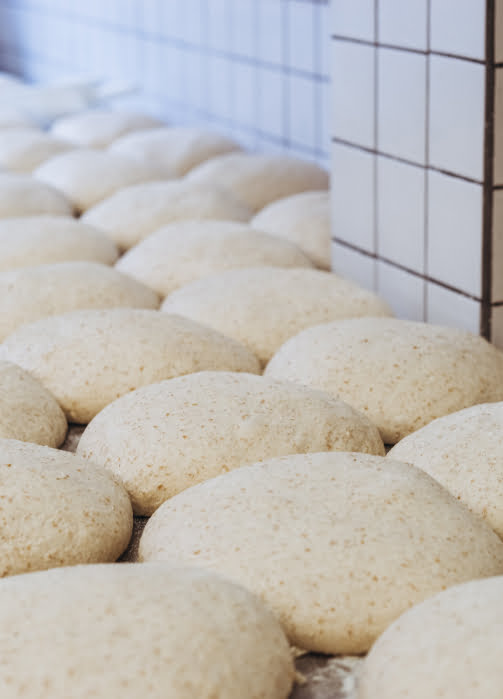
Related Terms
Fermentation-The production of gases bought about by yeast developing.
Retarding-This is a delay in action of the yeast working. Salt and sugar has this effect, if used in direct contact with yeast.
Kneading-Stretching the dough to develop gluten.
Gluten-Elastic-like substance found in the protein of flour when liquid is added. Gluten keeps the stable elasticity in a finished bread product.
Improver/Format-A chemically engineered product used to encourage the development of yeast.
Proving-The term used when the dough is left to double in size, through the fermentation process.
Knocking Back-The dough is pressed down back to its original size, after the proving process to produce a more consistent structure.
Scaling-This is the process of sizing dough pieces into specific weights.
HAVE A QUESTION?
Talk to the Chef


